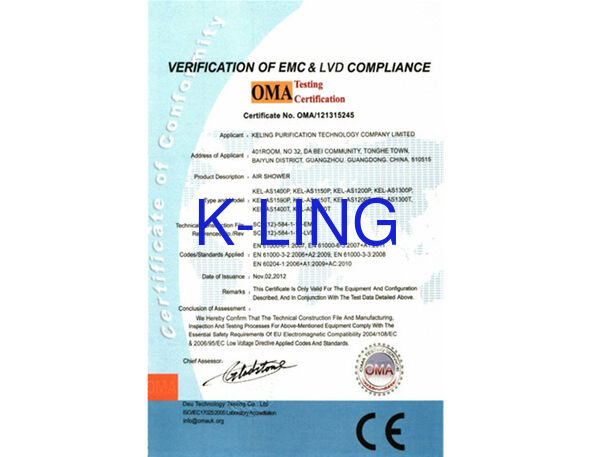7 million people. That’s how many are estimated to die from air pollution around the world each year. The statistic includes the effects of PM2.5, a pollutant which is thought to be the greatest culprit.*1 The truth is that we’re all exposed to PM2.5 every day. But what is it exactly? And what can we do about it?
If your home is no longer a safe haven, then what can you do? Not to worry, there are a few methods that you can use to help:
Ventilation
Since cooking can release PM2.5, it’s recommended to use an extractor fan when doing so. You could also open windows for some natural ventilation. Bringing in fresh, clean air will help move out the PM2.5 pollutants that come from within your home. But if the air outdoors is just as bad, then this form of natural ventilation may not be the best option. That’s why installing a mechanical ventilation system can be a good idea to reduce PM2.5 levels from within the home.*18
Stop smoking
Smoking produces toxic pollutants which can linger long after a cigarette is finished. Even with second or thirdhand smoke, PM2.5 can be present and strong enough to cause health damage.*19 That’s why quitting smoking completely, and not just ensuring you smoke outside, is essential. The health effects of smoking can harm the wellbeing of non-smokers in the home too.
HEPA filter air purifiers
If the air outside is just as polluted with PM2.5 as the air inside your home, it might be wise to resort to an air purifier. Air purifiers are proven to reduce levels of PM2.5 inside. But it depends on what air purifier you purchase, since different models can have different effects. An air purifier with an HEPA filter is able to trap 99.97% of particles that are 0.3 microns wide. They effectively reduce PM2.5 levels in the home, as long as certain factors like limiting window ventilation are considered. It’s important to remember that HEPA filtered air purifiers are only effective as long as the filter is regularly cleaned and maintained.

 Your message must be between 20-3,000 characters!
Your message must be between 20-3,000 characters! Please check your E-mail!
Please check your E-mail!  Your message must be between 20-3,000 characters!
Your message must be between 20-3,000 characters! Please check your E-mail!
Please check your E-mail! 

